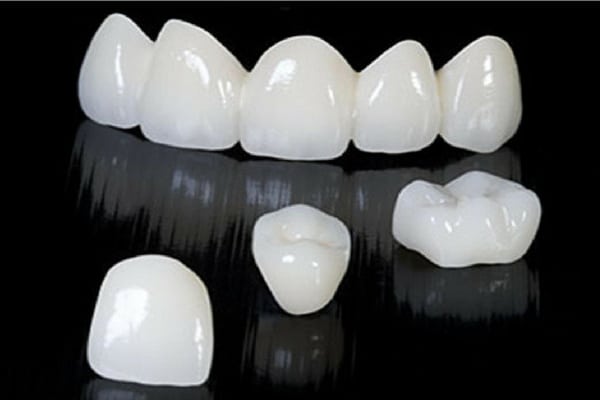Among many, one of the feasible option a dentist uses for restoring your teeth to its natural state are
dental crowns. Typically, crowns are used as a measure for restorative dentistry at times when any
tooth needs a filling that exceeds the natural structure of the tooth.
Adding to the above, your dentist might also suggest using dental crowns if you previously had root
canal therapy or a combination of canal therapy and dental filling. Your dentist can also administer
the use of dental crowns for cosmetic reasons.
For example: You can get a gold dental crown to add some extra sparkle in your smile.
Dental Crown Procedure
The following section will tell you about what you should expect in a dental crown procedure.
Administering local anesthetic
First, the dentist will start by applying a local anesthetic near the tooth that requires a crown. Even if
you’ve had a root canal and the nerve endings in that tooth are dead in a sense, the dentist will still
use an anesthetic.
Food For Thought: The instruments used to get the crown in place come close the gingivitis tissue
making anesthetic necessary.
Fabricating the dental crown
After your gum is numb, your dentist will then fabricate the dental crown using the arches of your
maxillary and mandibular arches. This is a major step because the crown must match your dental
structure to the highest degree.
Food For Thought: Depending on the crown chosen, the dentist may also match several aspects of
your teeth. For example, if you go with a full ceramic or porcelain fused meal crown (PFM), the dentist
must match the color shade of your teeth. However, for other types of crowns, like gold crowns, this
isn’t necessary.
Working on the dental impressions
While the dentist prepares the crown, the dental assistant works on the impressions for both your
upper and lower dental arches which are then poured into a mold, to achieve a stone impression of
your teeth.
Food For Thought: The mold is what the dentist uses to create a precise crown for your teeth.
Preparing a temporary crown
Since the permanent crown takes some time to fabricate, the dentist prepares a temporary crown
you can use till the permanent one arrives from the lab. He takes a little impression of the teeth in the
same area, as well as an impression of the opposing arch.
Food For Thought: These impressions are used to prepare the temporary crown. Further, if you need a
crown for your front teeth, the dentist may also focus on getting the shade of your surrounding teeth.
Did You Know?
A dental crown is a hollow replica of your tooth that fits into your tooth like a cap. However, it’s made
in such a way that it securely fits around the tooth keeping out bacteria and debris from the real
tooth.
Administering a rubber dam
In the meantime, till the permanent dental crown(s) are ready, the dentist may place a rubber dam
over the tooth to hold securely in place old filling material and tooth structure.
Food For Thought: The rubber dam keeps water from dripping into your mouth.
Preparing your tooth for receiving the crown
The dentist will then proceed to prepare your tooth for the crown. While this step will depend on
individual cases, below are the steps that your dentist might undertake:
- Chip away precise amounts of the tooth along with the filling material from the tooth.
- During this process if tooth decay is discovered, it’s removed, and a composite core is placed on the tooth.
- In the end, the crown is placed, and you receive a brand new tooth.
Finally,
Dental crowns has helped many patients to restore their smile and confidence. If you are eager to
learn more about crowns, it’s costs, financial options, and know if you are in need for one or not, we
invite you to schedule a consultation with us at ABC 123 Dental office. We have our dental offices
located in Keller and Fort Worth, TX. Our dental crowns come at a very reasonable price and you are
only a click away from getting back your beautiful smile. Call us today at (817) 656-1215.





